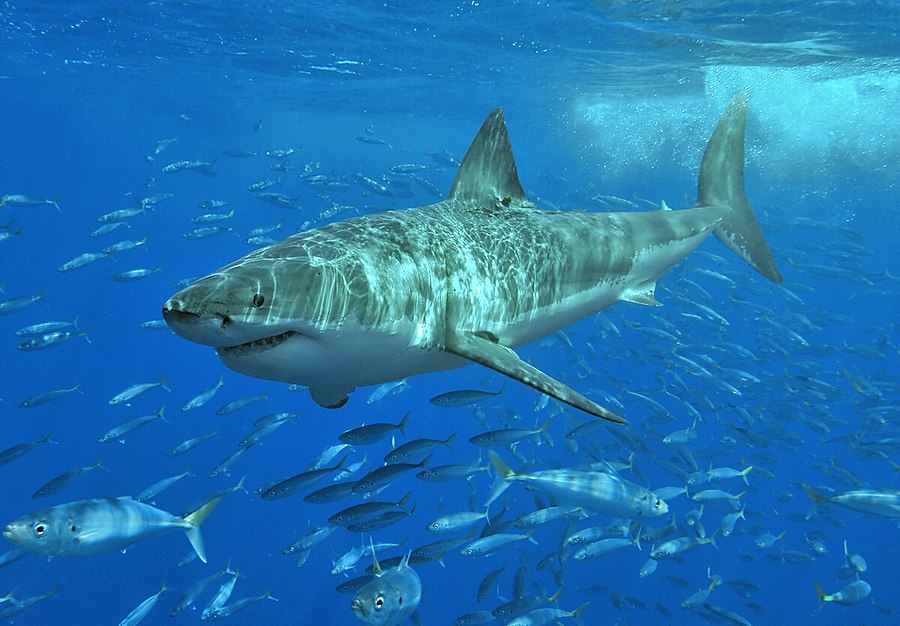Facts About Great white shark
The great white shark, often referred to as the white shark or white pointer, is a captivating and formidable predator found in coastal waters worldwide. Known for their impressive size, female great whites can reach lengths of up to 6.1 meters (20 feet) and weigh over 2,000 kilograms (4,400 pounds). These majestic creatures can live for approximately 70 years.
Despite their fearsome reputation, great white sharks face significant ecological challenges and are considered vulnerable. They are protected under international agreements and by countries like Australia to help ensure their survival.
First classified by Carl Linnaeus in 1758, the great white shark's scientific name is *Carcharodon carcharias*. Their evolutionary history is complex and often debated, particularly regarding their relationship to the prehistoric *Carcharocles megalodon*. In the ocean, they have few natural predators, with killer whales being a notable exception. As apex predators, great whites play a crucial role in maintaining the balance of marine ecosystems.
Great white sharks have a diverse diet that includes marine mammals, fish, seabirds, and even other sharks. While they are responsible for the highest number of documented shark bites on humans, they do not actively hunt people. One of their most dramatic hunting behaviors is breaching, where they leap out of the water to catch seals.
Conservation efforts are critical for great white sharks due to declining populations. They are listed as vulnerable, and various regulations aim to protect them. However, they still face threats from accidental catches and targeted culling programs. Interestingly, shark tourism has become a valuable industry, highlighting that live sharks can be more economically beneficial than dead ones.
Keeping great white sharks in captivity has proven challenging, with few aquariums succeeding in housing them for extended periods. Nonetheless, these efforts contribute to research and education, offering insights into their behavior and needs.

 Canada
Canada